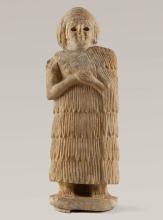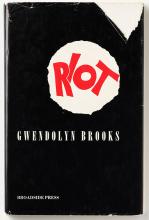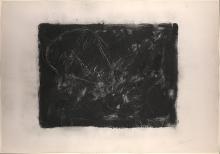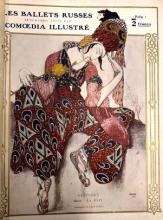She Who Wrote: Enheduanna and Women of Mesopotamia, ca. 3400–2000 BC (October 15, 2022 through February 19, 2023)
Submitted by Erhan Tamur on Mon, 03/29/2021 - 12:00pmThe first author known by name in history was a woman: Enheduanna. She received this name, which means “high priestess, ornament of heaven” in Sumerian, upon her appointment to the temple of the moon god in Ur, a city in southern Mesopotamia, in present-day Iraq.










